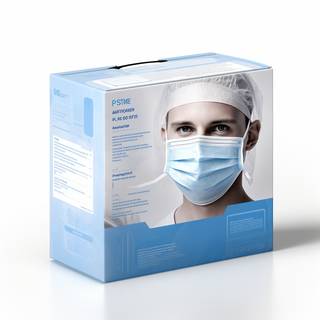Clinical Subcommittees Drive Health-System SP Best Practices
Casey Fitzpatrick, PharmD, BCPS; Jessica Mourani, PharmD; Amber Skrtic, PharmD, CSP, AAHIVP; Neda Hanson, PharmD/MPH, CSP, RYS; Jayna Patel, PharmD, CSP, AAHIVP; Megan Rees, PharmD, BCACP, CSP; Brandon Hardin PharmD, MBA, CSP; Lauren Bryant, PharmD, CDCES CPS Solutions LLC
Specialty care is thriving as more hospitals and health systems launch and grow their own specialty pharmacy service lines. Although our industry is improving care for patients with chronic and complex conditions, we face a significant hurdle. We do not have a consistent and uniform way to collaborate, share and learn from our clinical experiences—locally in our clinics and across our entire health-system specialty pharmacy (HSSP) community. Instead, clinical insights and best practices are often isolated within individual HSSPs and teams or shared inconsistently.
Our team has created a solution for this challenge, which we recommend our specialty pharmacy colleagues consider adopting: the HSSP clinical subcommittee model.
HSSP subcommittees exist to provide a source of expertise across different disease states, which drives specialty pharmacy clinical innovation and improves outcomes. Although clinical subcommittees are standard practice in inpatient hospital settings, most outpatient HSSP teams do not routinely and uniformly use this approach to analyze and standardize their care. Thus, it is challenging for specialty pharmacy teams to discuss critical clinical matters including:
- guideline updates;
- positive outcomes and best practices;
- subpar outcomes and learning opportunities; and
- difficult cases.

Ultimately, the lack of standardization prevents investigation and knowledge sharing across our industry, which could hinder patient care advancements. We observed these challenges firsthand and decided to design a new approach.
Our Origin Story
Today, the CPS Solutions team is a close-knit network of specialty pharmacists, liaisons and support staff working at health systems nationwide to manage and deliver specialty pharmacy services. Although geographically disparate, the HSSP clinical subcommittee model unifies us—providing a source of expertise across disease states that drives innovation.
As we grew, we realized clinical innovations were happening across our network. Yet, the industry did not systematically evaluate and share these HSSP clinical insights, outcomes and best practices. Thus, the HSSP clinical subcommittee model was born. We formalized disease state–specific subcommittees early on to enable our HSSP teams to learn from one another.
They quickly became a critical function for our HSSP operations.
Today, seven clinical subcommittees work across our primary specialty conditions, including cardiology, infectious diseases, oncology, pediatrics, pulmonology and more. A clinical oversight committee (COC) oversees all subcommittees like a peer-review committee. The COC comprises health-system and subcommittee leaders, helping to steer the subcommittees’ significant initiatives, and reviewing and guiding the clinical protocol changes and implementations recommended by the subcommittees.
The group is now a high-functioning coalition advancing evidence-based decision making and outcomes in nearly 40 HSSPs nationwide. The clinical best practices and advancements resulting from the program have been significant, and we believe all HSSPs should implement this approach to enhance our industry’s clinical impact.

 Dong (VND)
Dong (VND)











